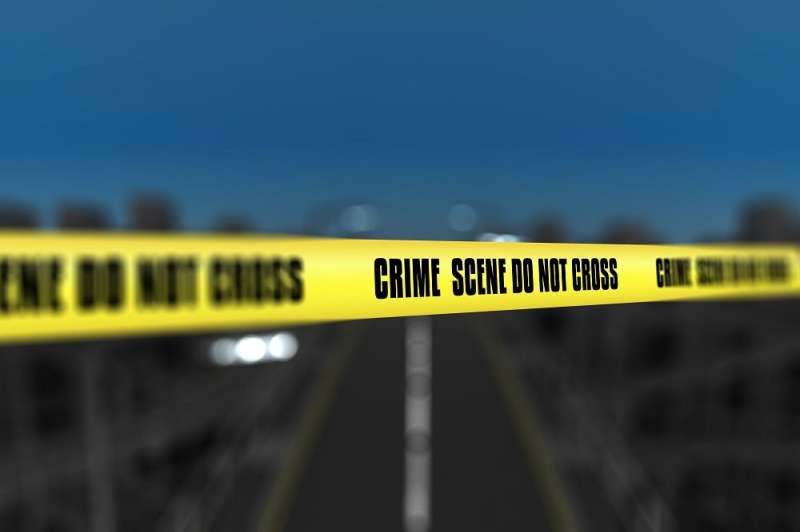Imaging technologies turn up the focus on crime scenes

Combining multiple images and cutting-edge technology is helping forensic science to give law enforcement agencies, juries and the judiciary the clearest ever picture of what happens at the scene of a crime.
The COST programme is bringing law enforcement, academia and industry together to show how improvements in forensic imaging are helping justice to be served.
MULTI-FORESEE - MULTI-modal Imaging of FOREnsic SciEnce Evidence – is a COST Action that promotes how advanced imaging solutions are giving unprecedented levels of detail from crime scenes. One of its members, Dr Chiara Villa of IT University in Denmark , is developing a combination of medical imaging, such as CT scans, and digital technology to produce dynamic animated footage. It will give a precise view of events at a crime scene, including how a victim's wounds were inflicted.
It contrasts to when a small number of photos would be presented to legal teams and juries at criminal trials. Furthermore, large amounts of different evidence were gathered in isolation, leading to challenging and expensive investigations. And information that was either incomplete or too complex when shown to juries could also lead to miscarriages of justice.
Dr Simona Francese of Sheffield Hallam University is the Chair of MULTI-FORESEE, which is linking law enforcement, academia and industry around multi-modal forensic imaging for the first time.
"These three sectors worked in isolation for a long time," says Dr Francese. "This has meant that academic innovation has scarcely led to commercialisation, and industry technologies have not become operational. Furthermore, a lack of communication has meant that end users like the police and the judiciary were ignoring current cutting-edge developments. This Action seeks to use the synergy generated by these three sectors to promote imaging solutions that are operational and commercially exploitable."
MULTI-FORESEE started in early 2017, and began to reap results straight away. It pulls together stakeholders and interested parties from 27 countries, having initially been proposed by members from 14 COST member states. MULTI-FORESEE's diverse, international make-up is one of the Action's strengths, and highlights how COST brings scientists together, wherever they are located.
"The way the end users are engaging is excellent, both in terms of attendance and in terms of remote and live input," adds Dr Francese. "This is vital to the success of this Action."
MULTI-FORESEE's impact has gone beyond Europe, with Dr Francese due to speak at the Australian and New Zealand Forensic Science Society in Perth in 2018. She predicts a bright future with even greater collaboration via MULTI-FORESEE's network helping broaden knowledge of what the latest forensic technology can offer.
"COST's funding will enable us to capitalise on internal and national funding, helping with international scientific collaborations. This means we can write stronger bids to quickly advancethe work of our own researchers, and the work that falls within MULTI-FORESEE's scope."
Provided by European Cooperation in Science and Technology (COST)




















